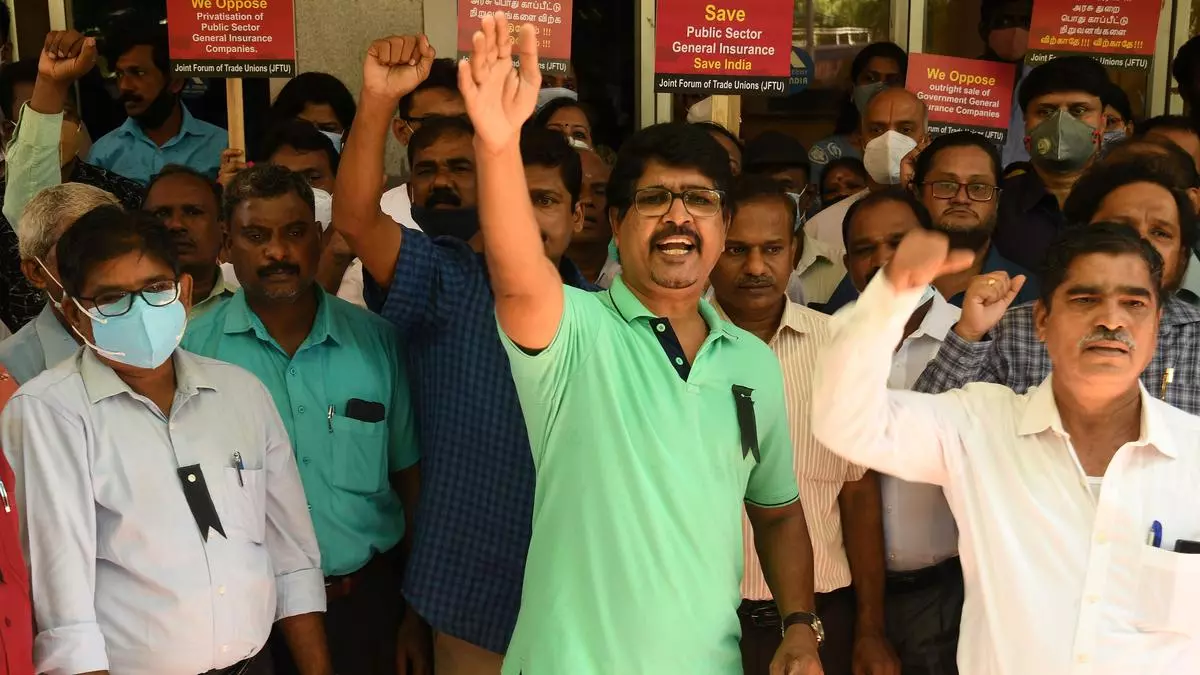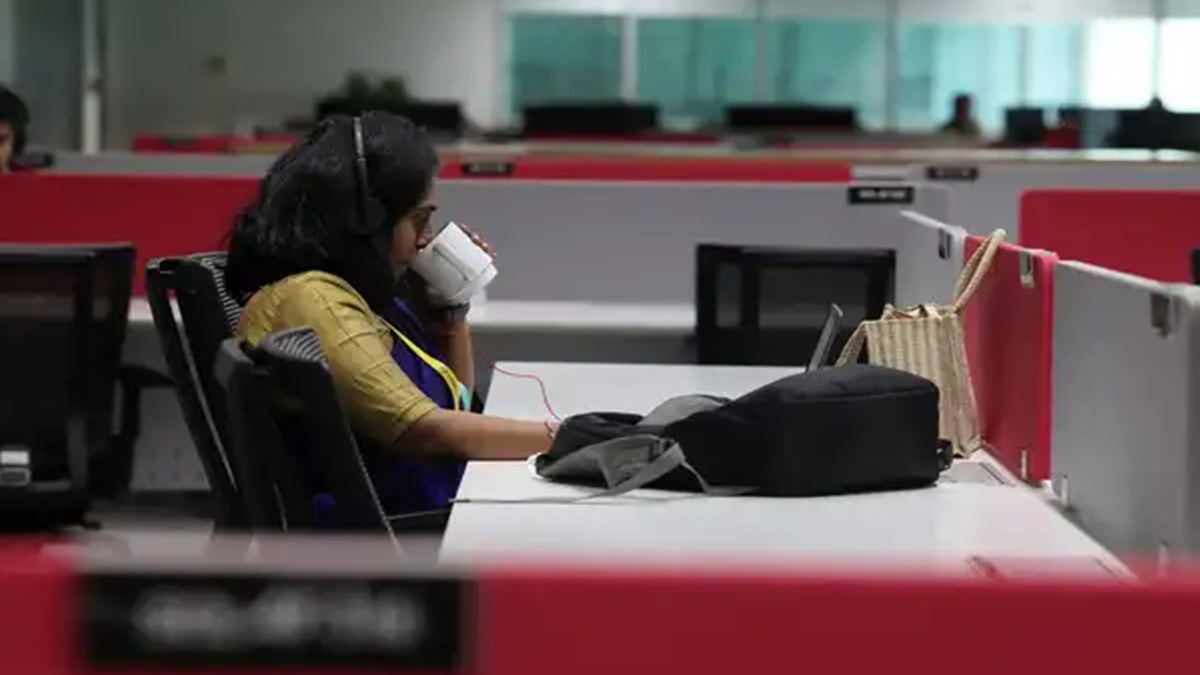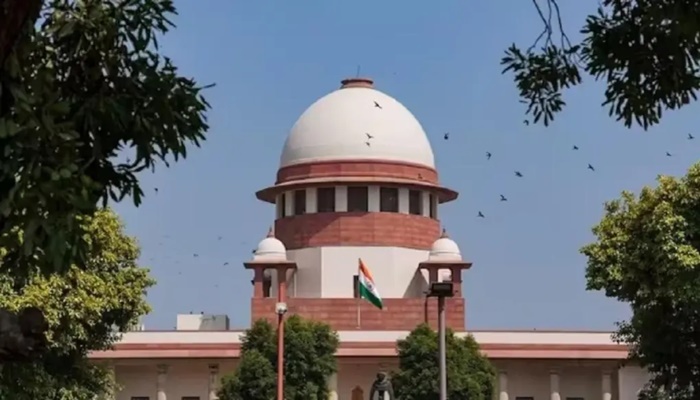The Supreme Court held that an employee of the Sikkim State who had availed the benefit of leave encashment maximum of 300 days cannot further be entitled for leave encashment again on relieving after the period of re-employment.
The Court held thus in Civil Appeals preferred against the Order of the Sikkim High Court in which there was a discord between the parties regarding grant of leave encashment benefit second time for the period of re-employment after attaining the age of superannuation.
The two-Judge Bench comprising Justice J.K. Maheshwari and Justice Rajesh Bindal observed, “… the irresistible conclusion can be drawn is that, under Rule 36 of Leave Rules, a regular government servant, if retires under Sikkim Government Service Rules, 1974 would be entitled for leave encashment maximum for 300 days. If the government servant is re-employed after 58 years of age and continued for a long time and get leaves accumulated during the period of re-employment, he/she cannot get benefit of leave encashment second time merely because he/she is having leave in his/her credit during the period of re-employment.”
The Bench said that the principle of economic security treats leave encashment as a form of deferred wages, similar to gratuity or pension benefits and this reinforces the employer’s duty to maintain fair labour practices and protects employees’ financial rights.
AOR Sameer Abhyankar appeared for the Appellants while Senior Advocate A. Mariarputham appeared for the Respondents.
Facts of the Case
The Respondent was appointed on deputation in 1980 in the State services and on attaining the age of superannuation i.e., 58 years, he retired in 2005 in terms of Rule 98 of Sikkim Government Service Rules, 1974 (Service Rules) from the post of Medical Advisor and Chief Consultant. Upon his retirement and while settling post retiral benefits, he was paid leave encashment maximum of 300 days unutilized leave as prescribed in Rule 36 of the Sikkim Government Services (Leave) Rules, 1982 (Leave Rules). After retirement, the Respondent was re-employed on the same post for a period of 2 years, which was extended time to time up to the date on which he was officially relieved. Vide Office Order, he was allowed cash equivalent to leave salary of 300 days of earned leave standing to his credit for the period of re-employment.
The controversy was set into motion when the State on scrutiny found that the Leave Rules do not provide for grant of leave encashment to the re-employed employees second time beyond 300 days, which was paid to them once on their retirement. The State Government took a decision to correct the perpetual mistake and issued Office Memorandum, clarifying that maximum of 300 days of leave encashment specified in Rule is inclusive of the period of leave earned during extension of service, re-employment, etc. The Respondent’s representation was rejected and hence, he filed a Writ Petition before the High Court. The Single Judge allowed the same and the Division Bench dismissed the Writ Appeal of the Appellants and therefore, they were before the Apex Court.
Reasoning
The Supreme Court after hearing the arguments from both sides, noted, “The re-employment in the service has been prescribed in Rule 102 of Service Rules, by which, the government servant who stood retired under Rule 98 but not under Rules 99 or 99A, on the discretion of the government. In the said rule, the entitlement of salary has also been prescribed. After perusal of the above referred rules, mere applicability of Leave Rule 32 would not ipso facto bring an employee within the connotation “government servant” to whom Leave Rule 36 applies.”
The Court added that Leave Rule 36 shall apply to those government servants who were in regular service prior to their retirement up to attaining the age of superannuation, i.e., 58 years.
“… the government servant can get leave encashment on retirement from regular service and not on relieving after re employment. Thus, after granting leave encashment once on retirement to a maximum of 300 days, the employee cannot get benefit of leave encashment second time in lieu of his relieving on completing the period of re-employment”, it further observed.
The Court held that Rule 32 cannot be read in a manner to revive the 300 days of unutilized leave afresh for the re-employed employees who have already availed the benefit of leave encashment maximum of 300 days during regular service and as such, there is no interplay of Rule 32 with Rule 36 and both are independent and apply in different spheres.
“The unutilized leave in credit beyond period of 300 days during re-employment would not be inclusive for leave encashment under Rule 32 of Leave Rules. Therefore, in our view Rule 36 cannot be read in conjunction to Rule 32”, it also elucidated.
The Court said that Leave Rule 32 does not ipso facto deal with the applicability of Leave Rule 36 for grant of leave encashment.
“Leave encashment is a legal entitlement that exists within the framework of service law and in the welfare of the employee. It allows employees to receive a monetary benefit in exchange for leave they have earned but not taken during regular employment. This right is based on the principle of deferred compensation to an employee who has not taken leaves and served, for which the employer must compensate not only for his/her work, but also for benefits of leave accumulated over time limited to 300 days maximum”, it also remarked.
Moreover, the Court noted that such an entitlement is often established in statutory provisions, service rules (such as Rule 36 of the Leave Rules) or employment contracts, ensuring that employees are fairly compensated for their unutilized leave.
“Interpreting leave encashment provisions goes beyond financial compensation and connects to broader legal principles of dignity and welfare during service. However, such interpretations must carefully balance the interests of both employees and the financial stability of the organization, especially when public exchequer is involved. Courts must tread carefully to prevent employees from claiming leave encashment multiple times for the same accrual, which could lead to unjust enrichment and may go against the public interest of largesse”, it emphasised.
Conclusion
The Court observed that while leave encashment ensures that extra ordinary work ethic of an employee is rewarded, it must be applied in a way that upholds both employee rights and institutional sustainability. It added that naturally, Courts must interpret leave encashment rules and statutes in a manner that prevents undue financial burden on employers while ensuring that employees receive what they are lawfully entitled to.
“Thus, Leave Rules recognize benefit of leave encashment to a government servant whose service has been extended and who has retired from regular service under the Service Rules, but not to the re-employed retired government servant. Therefore, the leave encashment is permissible maximum upto 300 days of leave and not beyond as on the date of retirement, including the case of extension of service”, it also held.
The Court was of the view that when the Respondent is unable to justify his claim of leave encashment and unable to set forth his right even allowing him reasonable opportunity, no prejudice was caused in cancelling the order granting leave encashment second time.
Accordingly, the Apex Court allowed the Appeals and set aside the impugned Orders.
Cause Title- State of Sikkim and Others v. Dr. Mool Raj Kotwal (Neutral Citation: 2025 INSC 559)




















